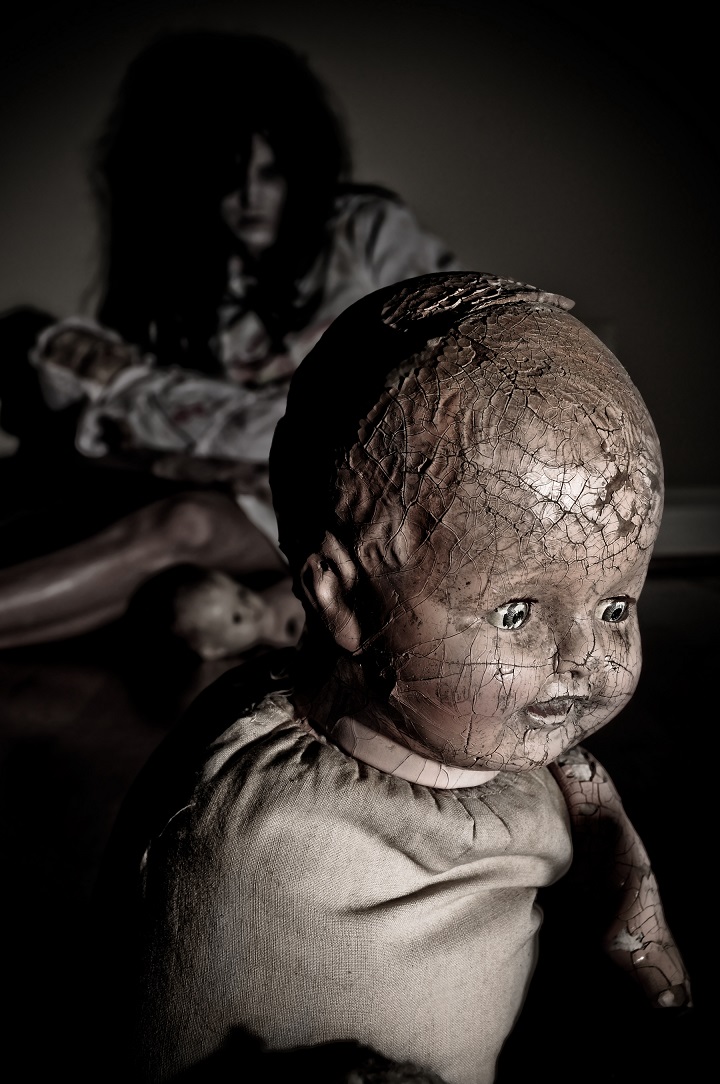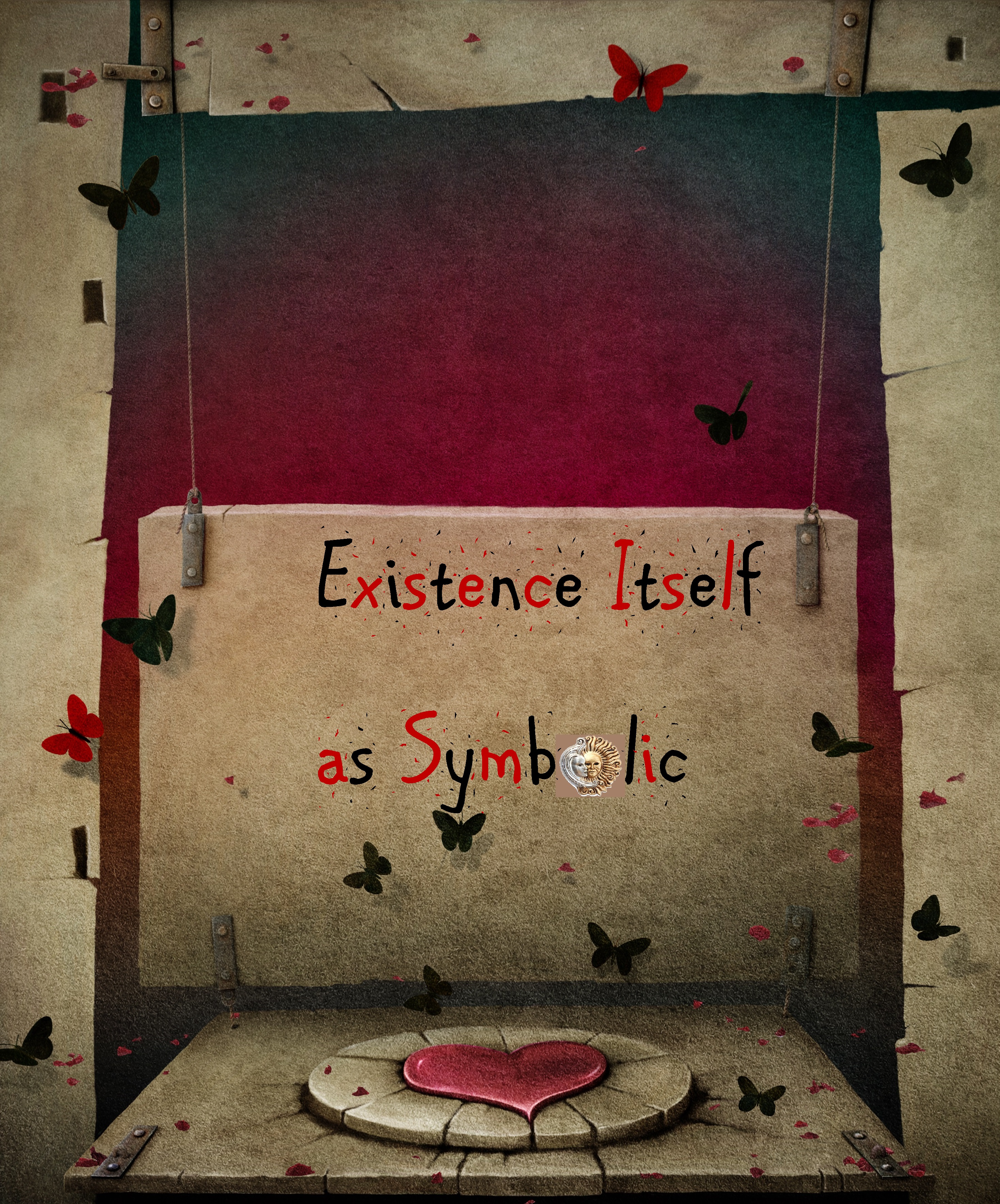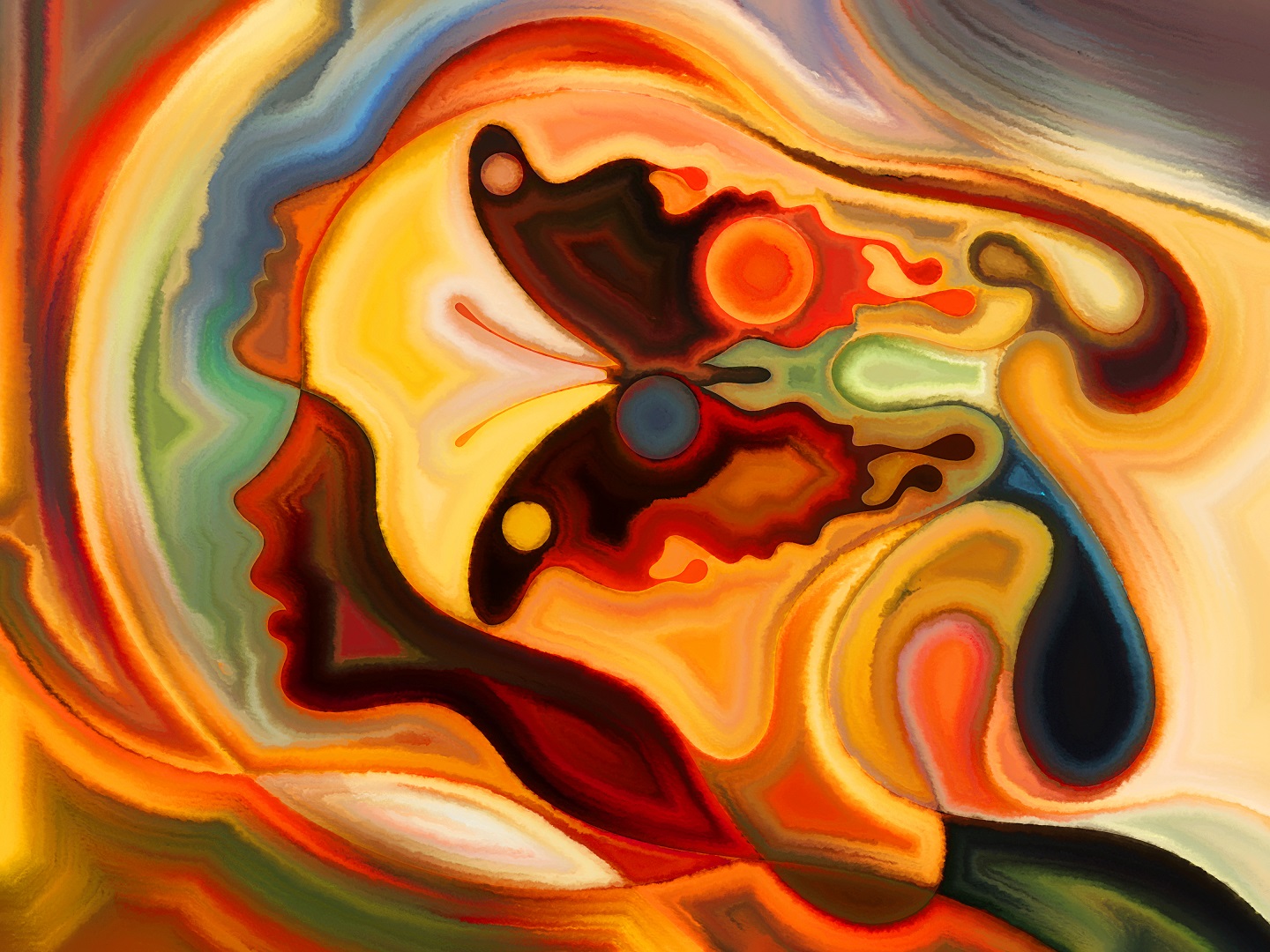
In contradistinction to the French who worked within defined phenomenological parameters, their maritime rivals, the British, heeded the Society for Psychical Research (SPR) whose inclination was to conceive of any disintegrated functions of consciousness (i.e. memory, identity, and perception of the environment) as dissociative. During the early years of the nineteenth century, it was not at all uncommon for philosophers, psychologists, and magnetizers to engross themselves in the same supranormal intimations like telepathy, voluntary possession, automatic writing and speaking, talking tables, alongside the more abnormal types like hysteria and multiple personality in hope of unearthing some hitherto undiscovered truth about the human psyche and its place in the universe. The celebrated co-founder of the SPR, Frederick Myers (1843-1901), was definitely a product of this occult vision. He attributed both the nonpathological phenomenon of somnambulism and multiple personalities to an anatomical psychic configuration that was dual, encompassing a supraliminal self acutely aware of its orientation in the phenomenal world and a subliminal one encompassing the numinous transpersonal faculty of ‘psi’. For Myers, any form of pathological fragmentation was explicable in terms of territorial encroachment, that is, the propensity of one stream of consciousness to inundate the shores of its opposite. Even though the positivist movement to which twentieth century science abided fervently silenced Myer’s philosophies, the Platonic metaphysics to which they conformed were to find voice again in Jung’s notion of a collective unconscious.
Owing to the auspices of William James (1842-1910)–perhaps the most prolific and respected writer on psychology in nineteenth century America–the British conceptualization of what constitutes dissociation seems to have won out transatlantically. James was a conscientious researcher and followed progress in European psychiatry with much enthusiasm. His lectures on Exceptional Mental States (1896) emphasize a weltanschauung that straddles the intellectual worlds of France and Britain. Speaking in reference to dissociative multiplicity, he intimates that Myer’s subliminal model is formidable and unprecedented because it addresses both the voluntary splitting of consciousness practiced by spirit mediums in Britain and the atypical, pathological variants (i.e. visual anaesthesia and negative hallucinations) observed by the French clinicians. James’s expanded vision of psychopathology was subsequently inherited by the prominent physicians Boris Sidis (1867-1923) and Morton Prince (1854-1929) whose combined efforts in the study of dissociative states culminated in the foundation of the Journal of Abnormal Psychology (1906) at the turn of the twentieth century.
Of the American clinicians Morton Prince must be singled out for a variety of reasons. Until that time few had challenged French ideas surrounding the underlying nature of dissociated personalities. Most seemed contented with slanted impressions bequeathed by Jules Janet and Eugène Azam (1822–1899) that the authentic self in double consciousness or ‘split’ personality suffered degeneration under the harrowing fires of pathological fragmentation, tapering so that the psychic energy converted into a spiralling vortice of physiological and psychological symptoms. In all defiance of common sense, this meant that the hysterical alpenglow emerging as a contingency of the traumatic experience was the original stream of consciousness that had existed since the time of the individual’s birth. Calling upon clinical experiences and a healthy dose of intuition, Prince reasoned that it was far more likely that the inert, asymptomatic subpersonality was the primal state and that the transient “psychological and physiological phenomena, of images and movements of a multiform character” (to use Janet’s words) were secondary albeit counterfeit emanations. He attributed the theoretic errors of his colleagues to inadequate familiarity with the integral mechanisms of consciousness which he himself had allegedly descried through manifold experiences with induced (i.e. hypnosis) and spontaneous (i.e. hysteria) forms of dissociation. Emphatically prophetic in his pathological cogitations, Prince surmised that the ensuing spiritual storms roused by salient reminders of the trauma could only affect the subordinate tributary that had fragmented from the original, and that switching between altars could be readily imposed by “the hypnotizing process… or as a result of emotional shock… or it may be without demonstrable cause.”
From a historiographical perspective one can securely afford the proclamation that Prince was progressive for his time. Much of what he believed about dissociation is now taught under the academic disciplines of abnormal psychology and psychiatry as standard theoretical knowledge. One anticipates that these great strides were made because of his ontological orientation, the burning desire to unmask the organization and structure of the personality. Unlike many of his forebears, Prince’s interest in dissociation and dissociative phenomena was relegated secondary to his morbid fascination with the psychic unconscious. Through his clinical work, he sought to unravel Gordian knots that had bewildered thinkers of the likes of Plato and the great Stagirite Aristotle. Under what circumstances would the “unitary complexes and systems” dismantle and under what psychic configuration, imposed or accidental, would they resynthesize? Could human consciousness be equated, say, to an original ‘substance’ of creation with psychic bonds that loosened and lost their sturdiness under the compelling forces of traumatic pain, or a piece of glass hurtling through the air that shattered into innumerable scintillating shards when it collided headfirst with an antithetical force such as inertia? If so, could it be melded back together under the transient fires of hypnotic regression? Would the recombinant state be anatomically identical to an original first state untainted by dissociative phenomena, or would there be fundamental differences between the two?
This enthrallment with the core structure of psychic functioning landed him into a cerebral labyrinth from which he emerged with two golden threads, two foremost conclusions. Firstly, fragmentation and reintegration of consciousness were operations as commonplace and natural as the extensive stretching that occurs around the pudendum during childbirth, or as normative as the renowned unhinging of a snake’s jaws that renders the swallowing of prey twice the size of their own heads a remarkable possibility. Secondly, the nature of this universal phenomenon elicited the underlying structure of the psyche, a deeper region as yet unsighted by reductionist modes of inquiry mimicking the institutionalized ladder of social hierarchy in developed Western countries. Recalling the Hermetic motif “as within, so without”, this actualized hierarchy, a ladder of selves if you like, was no different to existing chronological, demographical, or socio-political stratifications patent in any community whereby invisible walls divide a human assemblage parading under banners of unity; it usually functioned as a whole, but when such became disadvantageous to survival and haphazard to health (i.e. in periods of severe trauma) psychic energy shattered junctions between the intercommunicating selves by assailing the continual stream of memory and imbuing each with an illusory sense of autonomy. According to Prince, the dialectical relations between the different selves revealed, among other things, a true Aristotelian entelechy wired into the human psyche in the way that the grub, caterpillar, the chrysalis, and the butterfly are all transformations for a nisus preconceived and latent in the egg of the holometabolous insect. Undoubtedly, many of these perceptions took shape in the clinical treatment of Miss Christine Beauchamp, one of the most celebrated cases in the chronicles of multiple personality.
Without a doubt the patient that went by the name Christine Beauchamp was a very troubled lady. In 1898, she presented at Prince’s clinic with inexplicable physiological symptoms of abulia (the deactivation of willpower and the inability to act decisively) and ataxia (the inability to coordinate muscle movements). Prince recognized these as implicit markers for dissociation of the body, and reasoned that the aetiological factors that had played a part in initiating the dissociative structure would best be divulged by hypnotherapy. To Prince’s utter amazement, the induction of deeper trance states swung the iron-clad gates of the unconscious just wide enough for another personality to slip through. This bottled-up and long-forgotten alter paraded austerely under the name of Sally. She was a roguish, exuberant, frivolous, and high-spirited girl in full participation and communion with the mysteries of life. She was also a boisterous daredevil, undaunted by physical and mental challenges and disposed to confronting adversity unarmed. Christine, on the other hand, was the complete antithesis of Sally–a meek, submissive weakling and “goody fool” that just absorbed and allowed herself to be blown onto devolutionary roads yonder by the spiritual winds. Quite like the mischievous adolescent that enjoys frightening the wits out of her prepubescent siblings, Sally would carry out a merciless succession of practical jokes on her unassuming, oblivious counterpart with much panache. Now and again she’d usurp Christine from the driver’s seat and set her feet up on the table or chain-smoke in a deliberate attempt to shock her. At other times she’d simply wonder off to remote destinations and then withdraw from the field of presentation, leaving the bewildered Christine to ponder on how she might have gotten there in the first place.
Soon, yet another alter emerged, a level-headed and diligent woman called B-4 who abhorred Sally’s poor treatment of Christine. Not one to remain unresponsive to pejorative actions levelled against her character, B-4 would counteract Sally’s frivolities with practical jokes of her own. For reasons hitherto unknown, she referred to Morton Prince as William Jones, cautioning that it would be apropos of him to remain distant from the nurses’ leisure room whilst inebriated since the likelihood of plummeting to oblivion was immense. Prince’s investigation of this strange delusion disinterred autobiographical details that had been instrumental in Christine’s gradual degeneration. It appears the humus for the extensive trauma was germinated by her paternal figure, or lack thereof. Because her biological father was a narcissistic alcoholic incapable of expressing love and compassion, Christine’s innate reaction was to redirect the entire continuum of empathic feelings usually reserved for such a family member onto another individual, incidentally one perceived to be pious, virtuous, and benevolent. Her relationship with Jones evolved into a deep and meaningful connection which she maintained after removing herself from domestic calamity. One evening Jones showed up at the Providence hospital where she worked full-time and decided to surprise her. With the assistance of a ladder placed against the wall, he scrambled up to the second-floor where he knew she was and peered in through the window. Christine, who’d been glancing outside, nearly had a coronary when the distorted head of her father figure jutted up into view from behind the glass. Eager to determine the purpose of these outlandish behaviours, she descended the flight of stairs leading to the ground floor and that’s when blue turned to red. In a lamentable lapse of judgement, perhaps one attributable to the unhindered expression of a pathogenic secret under the influence of alcohol, Jones attempted to kiss her. The distress and heartache of losing her father a second time was too much to bear and her psyche fragmented, drowning the extroverted, assertive aspects (both Sally, the childhood self, and B-4, the actualized self) and leaving behind a conscious periphery least likely to attract incapacitating attention. When the psychic triumvirate first surfaced under hypnosis Prince glimpsed the tiered ladder of selves structure; Sally could access the thought processes of Christine and B-4 those of both Sally and Christine, but Christine was oblivious of the existence of the others.
For this particular case, an involuntary eclipse of all inherent qualities and tendencies save for negative introversion like fear and ineptitude is explicable in terms of the Freudian model of ‘unconscious repressions’. Prince inevitably came to the conclusion that Christine and B-4 comprised the authentic self and that Sally was a dissociated secondary state that needed to be exorcised from the psychic organization. During the subsequent hypnotherapy sessions he made the tragic mistake of trying to banish the ‘hysteric’ alter (Sally) through hypnotic affirmations instead of integrating her into the amalgamated Christine-B-4. The flawed logic behind this decision may never be known. When Prince circulated his expose of the said case in The Dissociation of a Personality: A Biographical Study in Abnormal Psychology (1906), the audience was steered to the understanding that Christine had regained a sense of normalcy and patched her life back together, however in the second edition published some fifteen years later he tentatively admitted that Sally would still surface on sporadic occasions to indulge in her usual roguish machinations. If B-4 and Sally were disenfranchised aspects of the total personality then complete triumph was simply a matter of psychosynthesis, not hypnotic ‘exorcisms’.









